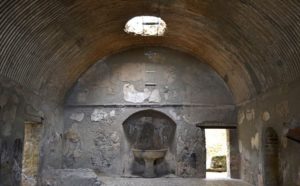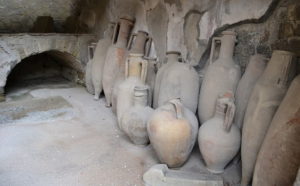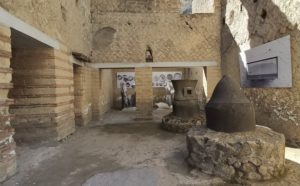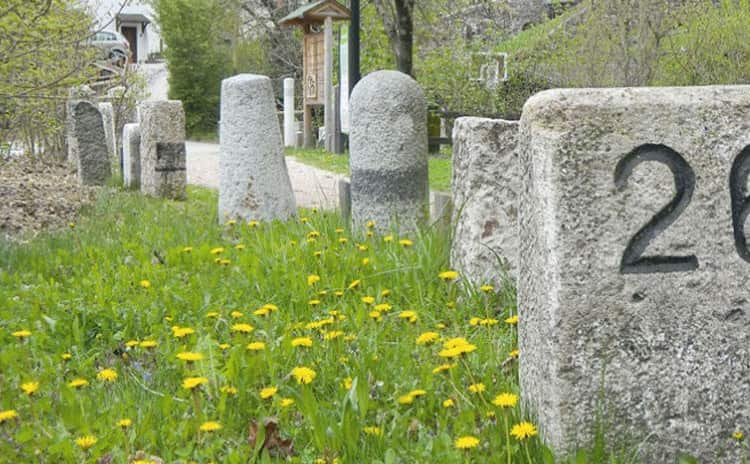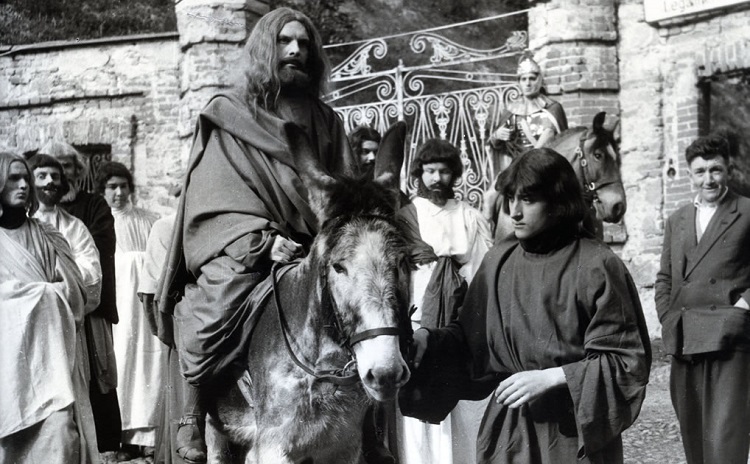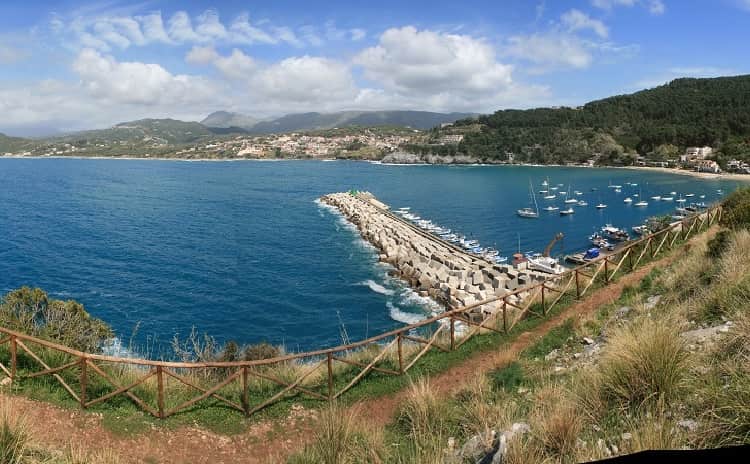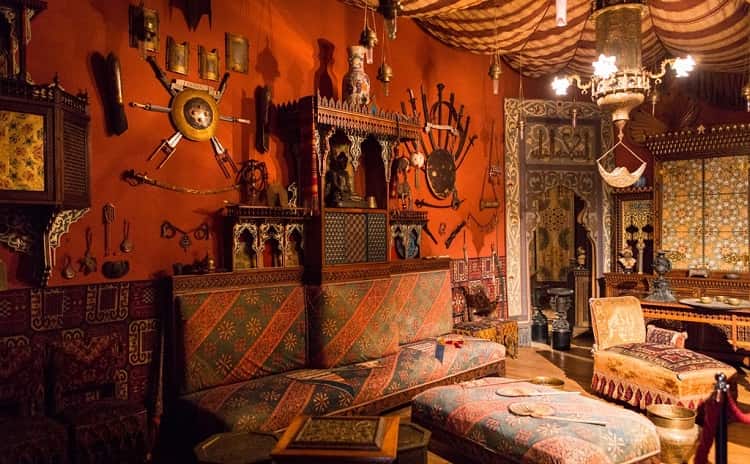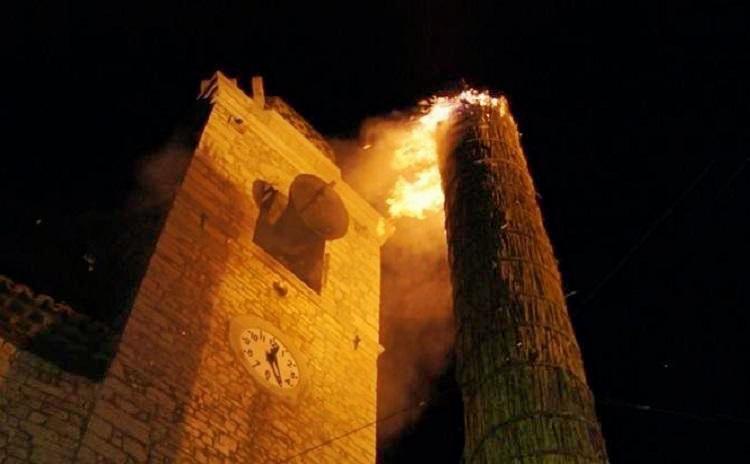Archaeological Park of Herculaneum
The ancient Roman city destroyed by Vesuvius eruption in 79 AD
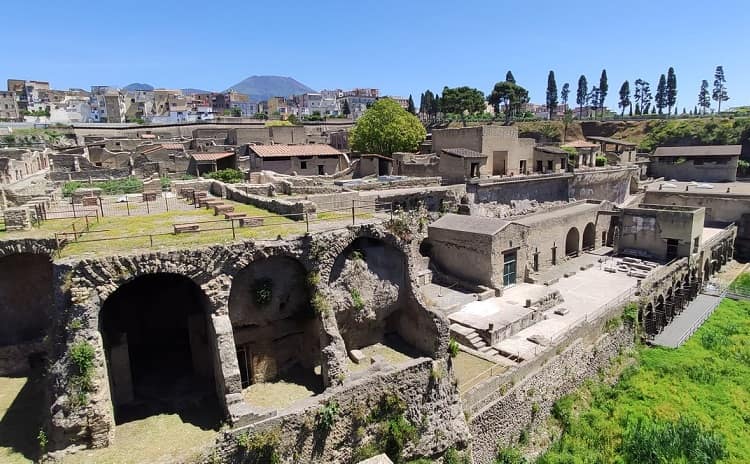
The Roman city of Herculaneum, destroyed and buried by the Vesuvius eruption in 79 AD, was rediscovered in 1710 and brought to light thanks to various archaeological excavations.
The excavations have brought to light only a part of the city because most of the ancient Herculaneum still remains buried underground, guarding the forensic area, the sacred and civil buildings with their precious furnishings and decorations.
Ercolano (12 km away from Naples) was built on a volcanic plateau limited by two streams, overlooking the sea at the foot of Vesuvius Mount and the city was protected by a wall.
The total area of the city was about 20 hectares, but now only 4.5 hectares are visible. The urban area was divided into at least three Decumani (*), of which only two have been excavated in the open air: the lower and the Decumanus Maximus, partly pedestrianized with a four-faced arch to the west and access to the Magna Mater temple to the east. The three Decumani intersected perpendicularly with five Cardi (*) of which only three were brought into the open air.
The part of Herculaneum that can be visited is made up of private houses from the imperial age: houses with traditional structure, multi-family buildings, large residences, the spa and the gym.
Visitors can retrace the Decumanus Maximus which was the main road of ancient Herculaneum. It connected the eastern part of the city with the western one where the city forum is located.
In ancient times the street was “pedestrian” and closed to the traffic of wagons so the owners of the shops could use it for the market. The Decumanus Maximus hosted several shops and some of the most interesting Roman residences such as the Double Portal House, now finally accessible in all its splendor with its exceptional entrance, the columned portico and the wooden elements still intact. Very interesting is also the discovery of several public fountains at street intersections and a complex system of lead pipes connected to the public aqueduct that carried running water to the houses.
The discoveries of 1982 On the ancient coast in 1982, several boats shelters and warehouses and the keel of an overturned boat were discovered. The boat, 9 meters long, was equipped with three pairs of rowers and led by a helmsman, perhaps a rescue ship. The bodies of over three hundred fugitives who had fled their homes on the night of the eruption, fleeing towards the sea, hoping for help have also come to light on the ancient beach. The boat pavilion of Herculaneum can be visited.
During the excavations, numerous objects were recovered with which it is possible to reconstruct the relationship of the ancient Herculaneum with the gods worshiped at that time such as Hercules, Jupiter, Minerva, Juno, but also objects that help understand the ancient Herculaneum society: theatrical masks, marble discs decorated with mythological figures attesting to the ancient theatrical reviews, public games (ludi), and the epigraphs used for the organization of processions.
The Archaeological Park of Herculaneum has been a UNESCO World Heritage Site since 1997.
USEFUL INFORMATION
To know the opening hours>>>
Tickets can only be purchased on the website>>>
It is recommended to wear a safety mask and to keep an interpersonal distance of at least 1 meter.
DON’T MISS TO VISIT POMPEI AND THE SUBMERGED PARK OF BAIA!
The great Archaeological Park of Pompei, the most important city destroyed by the Vesuvius eruption in 79 AD, is also open all year round, It is the most visited location in Italy.
If you are in Herculaneum in the warm months, you may enjoy to tvisit he great Submerged Park of Baia: an entire Roman city visible a few meters below sea in Pozzuoli. 25 km from Naples and 36 km from Ercolano.
Photos from the Facebook page of the Archaeological Park of Herculaneum
(*) Decumanus and Cardo – The Roman cities had an orthogonal urban layout.
The decumanus was an east–west-oriented road in Roman cities.
The Cardo or Cardine was a north-south road in Roman cities.
The Forum was the intersection of these two main roads.

